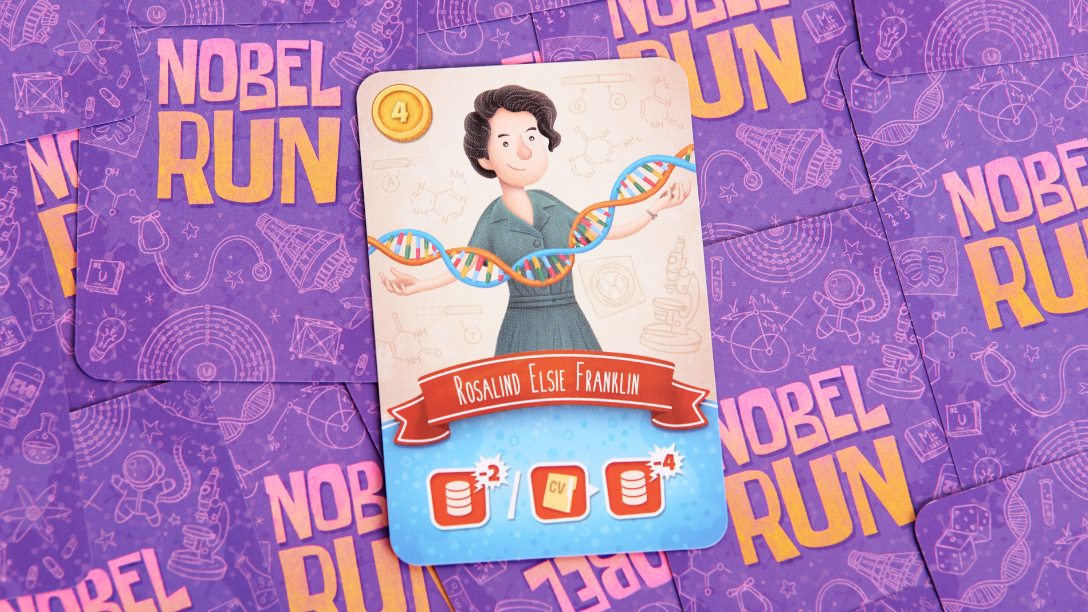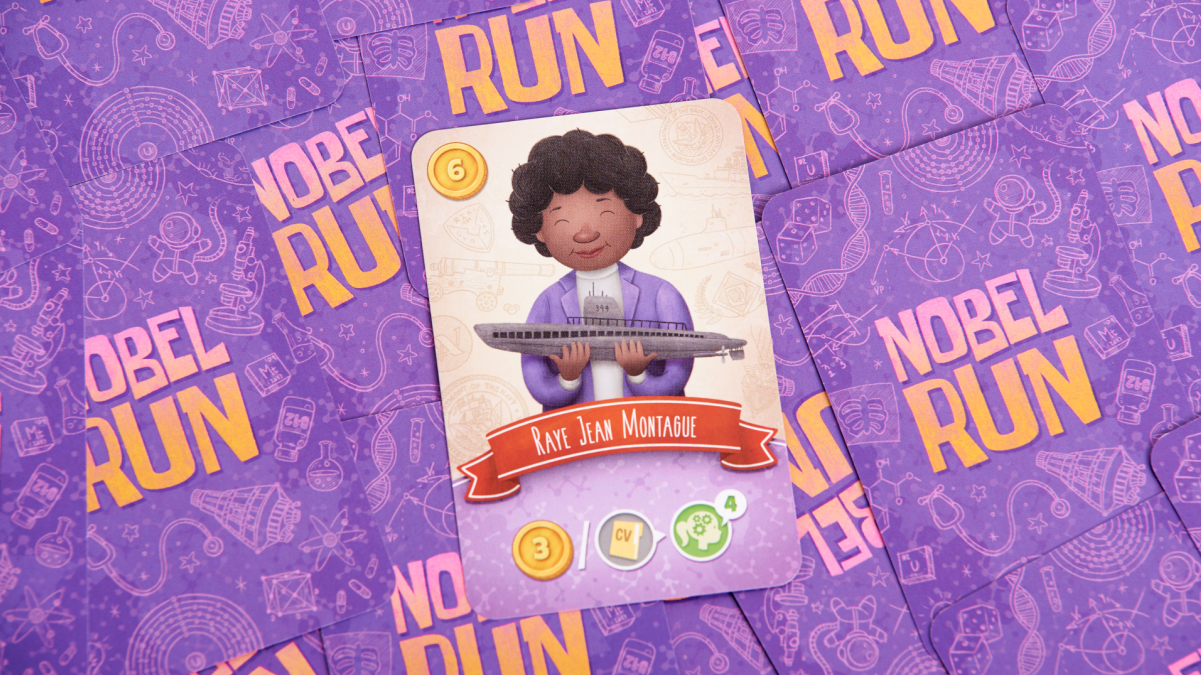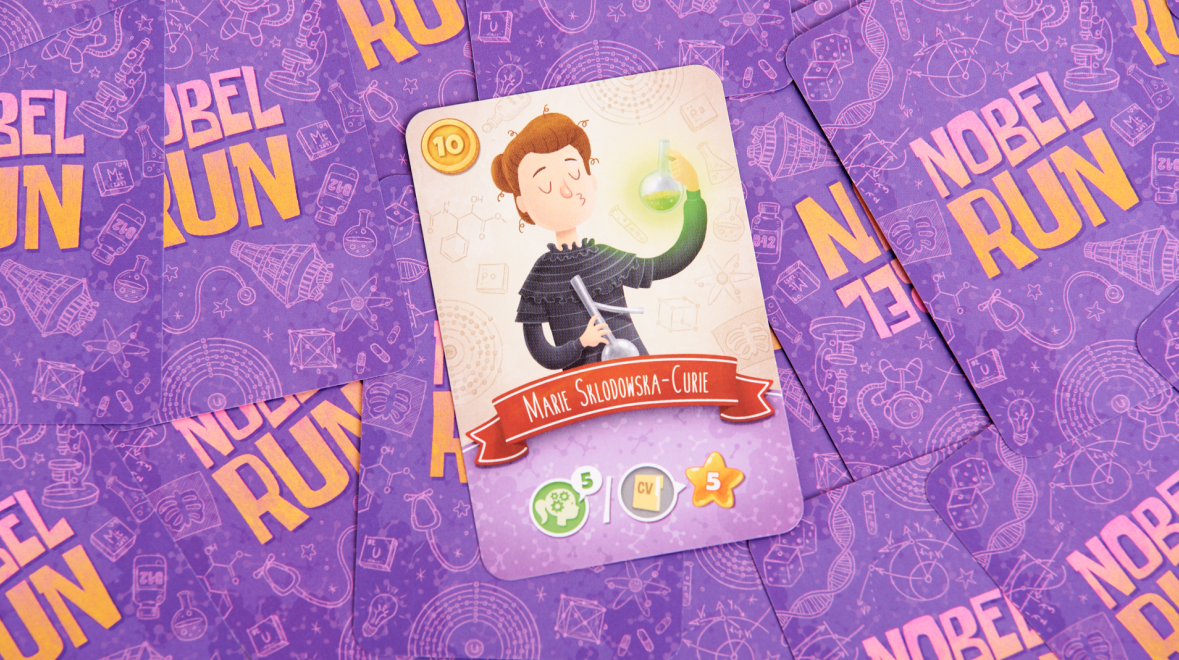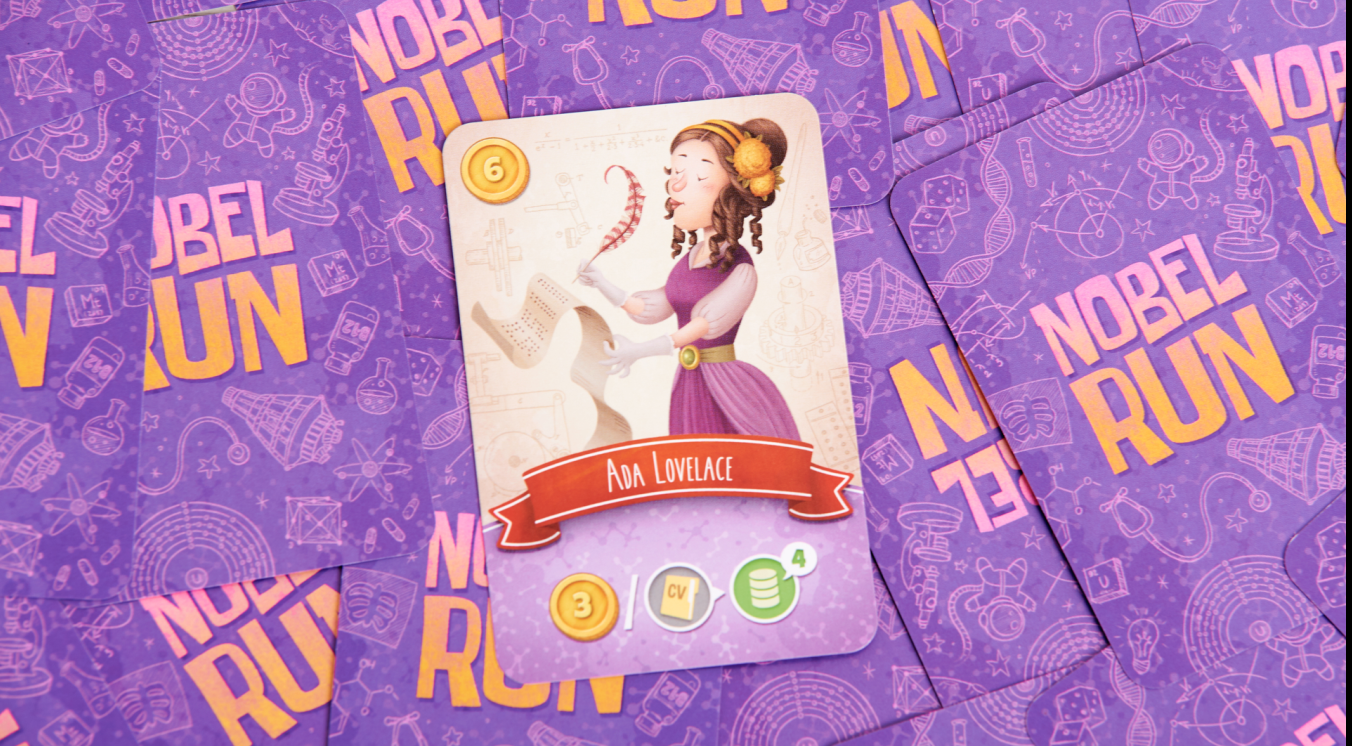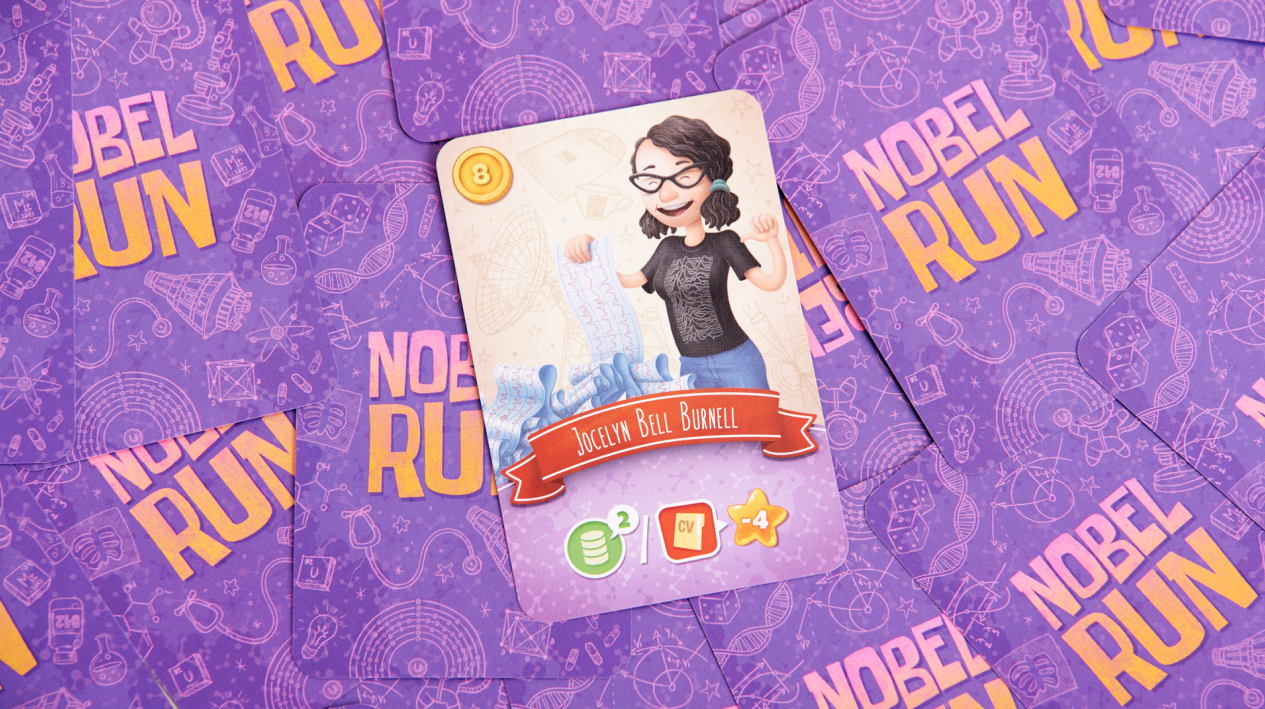
“In addition to role models such as Marie Curie, society needs normal, everyday role models to generate scientific vocations in girls.”
Jocelyn Bell Burnell
(Belfast, Reino Unido, 15 de julio de 1943)
Jocelyn Bell Burnell is an astrophysicist who co-discovered the first pulsar radio signal while still a PhD student. She published this finding together with her thesis supervisor -Antony Hewish- and Martin Ryle. Hewish and Ryle received the Nobel in Physics but Bell did not. If that weren’t upsetting enough, she had to convince Hewish the discovery was worthwhile pursuing, as initially, he was initially skeptical and thought pulsar radio signals were human-produced.
From domestic science to radio astronomy
Susan Jocelyn Bell was born in Belfast on 15 July 1943. From an early age, she showed great interest in science and knew she wanted to be an astronomer, but it wasn’t always easy. When she was in secondary school, one day the boys were sent to the laboratory to learn science while the girls were sent to the cookery room to learn how to be good housewives. Our protagonist protested to her domestic science teacher, but she ignored her. That evening, when she told her family, they were furious. The next science class, she went to the lab with the boys.
In her father’s library she found the book ‘Frontiers of Astronomy’ by Fred Hoyle. After reading it, and before finishing school, she became passionate about radio astronomy, which made her want to study the radiation emitted by celestial bodies in the radio frequency spectrum. To do so, she enrolled at Glasgow University, the only woman in a class of 50. She endured many humiliations, such as the “tradition” that when a woman entered the lecture theater, all the guys whistled and banged their desks. If Bell wasn’t so driven, she probably would have taken a different path.
The impostor syndrome
After finishing up at Glasgow, she applied to Cambridge, one of the world’s leading places for radio astronomy. But as she says, the imposter syndrome set in, making her think she wasn’t smart enough for Cambridge: “Oh, they’ve made a mistake admitting me. They are going to discover their mistake and throw me out.” This made her try twice as hard to rebel against a whole system that had implicitly (and sometimes explicitly) told her that this was not her place.
There she met Professor Antony Hewish, whose interest was finding quasars (very compact objects of very small volume that emit radio waves). So her first job was to build the radio telescope, alongside other students, that they were going to use in this work. Again, Bell was the only woman on the team, except for the secretaries. It took two years to complete. After that, it was just Hewish and herself on the project: he was the person who had come up with the idea and got the funding for the construction, and she, who was doing her PhD, was the one who managed the telescope and analysed the data (almost 30 metres of paper every day by hand).
Pulsars
One day, while searching for quasars, she detected a signal she had not seen before. She went to show it to Hewish but he told her it was an interference. Surely she had wired up the radio telescope wrongly and it was something to do with that. But Bell knew better and kept observing. It was her perseverance that led to the discovery of the first radio signal from a pulsar (a neutron star that emits very intense periodic radiation at short, regular intervals).
Hewish announced the discovery at a lecture in Cambridge, where even Fred Hoyle himself, who had inspired our lead character, was present. But at the time, he didn’t even mention Bell.
In 1968, a paper announcing the first pulsar was published in the journal Nature. This article produced enormous media interest. But while the press asked Hewish about astrophysics, Bell was asked how many boyfriends she had had at once, whether she described herself as blonde or brunette, what her measurements were… Photographers asked her to undo some buttons on her blouse, and the headlines referred to her as “the girl” instead of calling her a scientist.
In the same year, she became engaged to and later married to Martin Burnell. She received more congratulations then, than when she made one of the most exciting discoveries in astronomy. After she got married, she left Cambridge.
In 1974, it was announced that the Nobel Prize in Physics would, for the first time, be awarded to someone in the field of astrophysics. But the winners were Anthony Hewish and Martin Ryle, head of the Cambridge Radio Astronomy Group. They had forgotten Jocelyn Bell Burnell. Even Fred Hoyle was furious about the Academy’s decision.
A role model for girls and young women
50 years later, she won the Breakthrough Special Prize in Fundamental Physics for being the true discoverer of pulsars, for her scientific achievements and inspirational leadership. She donated the $3 million she won to the Institute of Physics for research grants aimed at making science a more diverse field with more representation. Today she continues to lecture and be a role model for women everywhere.
Jocelyn Bell Burnell is one of the scientists who appears in our board game Nobel Run. More info: Gearing Roles launches the Nobel Run board game to give visibility to women in science.
Text by Lorena Fernández (@loretahur).
Illustrations by Iñigo Maestro (@iMaestroArt).
